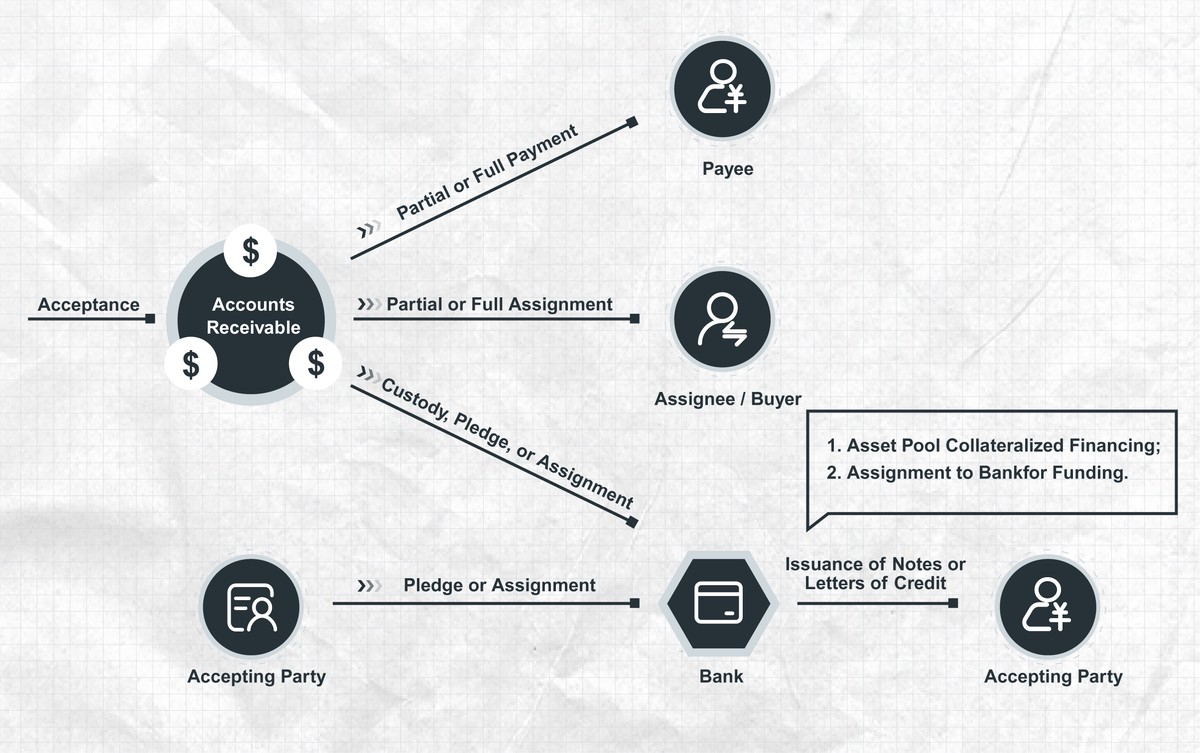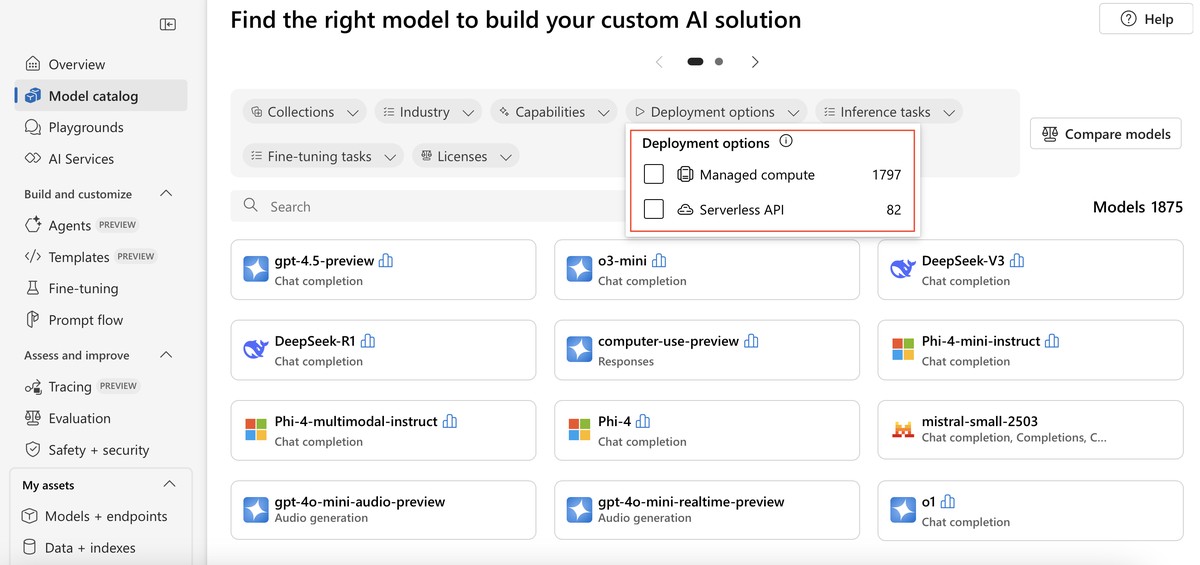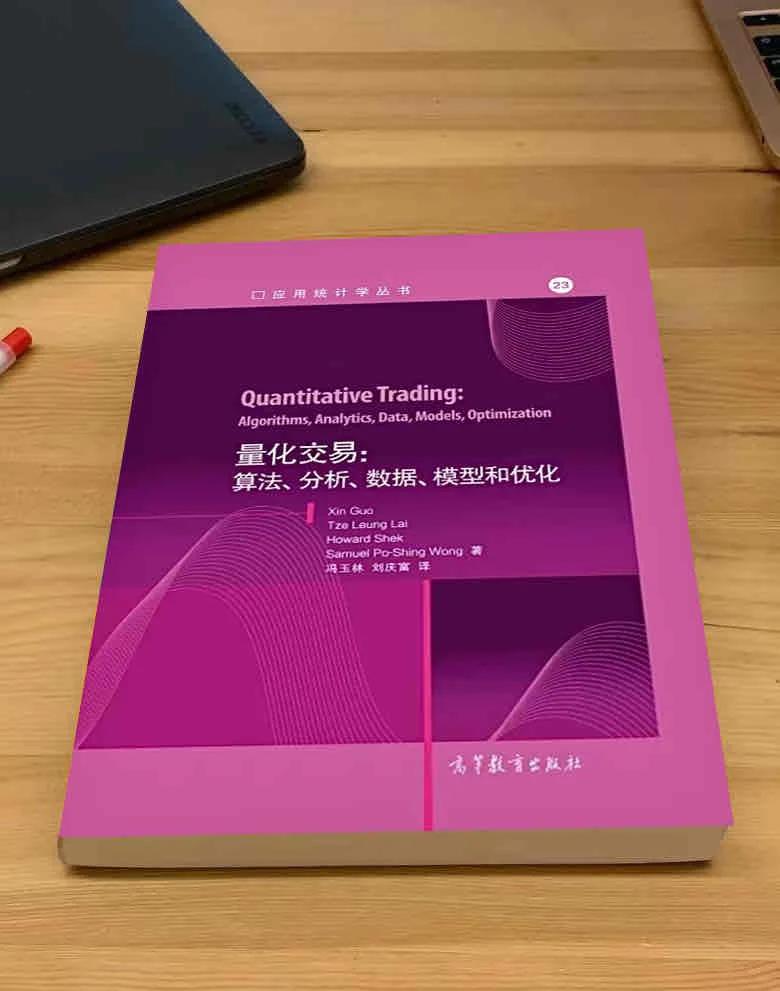===========================================
Introduction
In modern financial markets, quantitative trading models have become the backbone of systematic trading strategies. These models rely on mathematics, statistics, and computer algorithms to identify profitable opportunities, execute trades, and manage risk. However, building a model is only the first step—knowing how to evaluate quantitative trading models is what separates successful traders and funds from those that fail.
A robust evaluation process ensures that the model performs well not only in backtests but also in live trading. This article provides a comprehensive guide to evaluating quantitative trading models, combining personal experience, industry best practices, and latest market insights. We will explore different evaluation methods, compare their advantages and limitations, and recommend the most effective approaches.
Why Evaluation Matters in Quantitative Trading
1. Avoiding Overfitting
One of the most common pitfalls in model development is overfitting, where the model performs exceptionally well on historical data but fails in live markets. Evaluation techniques such as cross-validation and out-of-sample testing are essential to detect overfitting early.
2. Measuring True Performance
A model might look profitable, but without considering execution costs, slippage, and liquidity constraints, its profitability may disappear. Evaluation ensures that the performance metrics are realistic and not misleading.
3. Ensuring Robustness
Financial markets are dynamic, influenced by macroeconomic events, regulations, and trader behavior. Robust evaluation methods stress-test models under different scenarios to confirm resilience across market regimes.
Key Metrics for Evaluating Quantitative Trading Models
1. Profitability Metrics
- Annualized Return – measures long-term return potential.
- Sharpe Ratio – risk-adjusted performance by comparing return to volatility.
- Sortino Ratio – focuses on downside risk instead of total volatility.
2. Risk Metrics
- Maximum Drawdown (MDD) – the worst peak-to-trough decline, critical for risk-averse traders.
- Value at Risk (VaR) – estimates potential losses at a given confidence level.
- Tail Risk Measures – such as Conditional VaR, capturing extreme event risks.
3. Stability and Reliability
- Hit Ratio (Win Rate) – percentage of profitable trades.
- Profit Factor – ratio of gross profits to gross losses.
- Alpha & Beta – evaluate excess returns compared to benchmarks.
Sharpe ratio remains one of the most widely used measures for evaluating trading models.

Methods for Evaluating Quantitative Trading Models
1. Backtesting
Backtesting applies the trading model to historical data to assess profitability.
Advantages:
- Easy to implement and widely used.
- Helps refine strategies quickly.
- Provides statistical performance metrics.
Limitations:
- Prone to look-ahead bias and survivorship bias.
- Cannot fully replicate live market conditions.
2. Walk-Forward Testing
This involves training the model on a rolling historical window, then testing it on the next time period.
Advantages:
- Mimics real-world adaptation.
- Detects models that degrade quickly in new data.
Limitations:
- Computationally intensive.
- Requires careful parameter selection.
3. Paper Trading (Simulated Trading)
Executing the model in real-time with virtual capital.
Advantages:
- Captures live market dynamics, including execution risk.
- No financial loss while testing.
Limitations:
- May not reflect true emotional discipline in real trades.
- Liquidity constraints might still be underestimated.
4. Live Trading with Small Capital
Deploying the strategy with limited real money to observe actual performance.
Advantages:
- Provides the most realistic evaluation.
- Captures transaction costs, slippage, and broker execution issues.
Limitations:
- Involves financial risk, even if minimal.
- Limited sample size may not be statistically significant.
Comparing Two Common Evaluation Strategies
Backtesting vs. Walk-Forward Testing
| Criteria | Backtesting | Walk-Forward Testing |
|---|---|---|
| Speed of Implementation | Fast | Slower |
| Bias Risk | Higher | Lower |
| Adaptability | Low | High |
| Practical Relevance | Medium | High |
Recommendation:
While backtesting is essential as a starting point, walk-forward testing provides a more reliable assessment of model robustness. In my experience, models that pass walk-forward tests tend to survive longer in live trading.
Common Pitfalls in Model Evaluation
1. Ignoring Execution Costs
Many traders overestimate profits by ignoring transaction costs, bid-ask spreads, and slippage. Learning how quantitative trading strategies work in live conditions ensures realistic evaluation.
2. Using Biased Datasets
Survivorship bias (excluding failed companies) and look-ahead bias (using unavailable information) can inflate results.
3. Over-Optimization
Tuning parameters excessively may lead to models that fit past data perfectly but fail in the future. This is why quantitative trading strategies for professionals emphasize simplicity and robustness.

Personal Experience: A Case Study
In 2022, I built a mean-reversion strategy based on ETFs. Backtests showed a Sharpe ratio above 2.0, which seemed highly attractive. However, when I applied walk-forward testing, performance dropped significantly. The issue was parameter overfitting—the strategy worked well only in specific market conditions. After simplifying the model and including transaction costs, the Sharpe ratio stabilized around 1.2 in paper trading, which was realistic and sustainable.
This experience reinforced the principle that evaluation is more important than development. A modest but robust model always outperforms a flashy, overfitted one in the long run.
Advanced Techniques for Evaluation
1. Monte Carlo Simulation
Randomly reshuffling trade sequences to test the impact of different order outcomes. This helps identify whether profits rely on a few lucky trades or a consistent edge.
2. Regime-Switching Analysis
Evaluating how models perform under different market regimes (bull, bear, sideways). This ensures adaptability across environments.
3. Stress Testing
Applying extreme conditions (e.g., 2008 financial crisis, 2020 COVID crash) to assess robustness.
Stress testing helps identify model weaknesses during financial crises.
FAQ: Evaluating Quantitative Trading Models
1. What is the most important metric for evaluating trading models?
There is no single best metric. A combination of Sharpe ratio, maximum drawdown, and profit factor provides a balanced view of risk-adjusted returns and stability.
2. How long should a model be tested before live deployment?
Ideally, a model should undergo extensive backtesting, walk-forward testing, and at least 3–6 months of paper trading before committing real capital.
3. Can a retail investor effectively evaluate models without advanced tools?
Yes. Many platforms provide built-in evaluation metrics and paper trading accounts. However, retail traders should focus on simple models with transparent logic rather than overly complex ones that are harder to validate.

Conclusion
Knowing how to evaluate quantitative trading models is a critical skill for anyone in algorithmic trading. By combining backtesting, walk-forward testing, paper trading, and live small-scale deployment, traders can build confidence in their models’ reliability.
The key is to balance profitability with robustness, avoiding the temptation of over-optimized models. Using advanced techniques such as Monte Carlo simulations and regime analysis further enhances evaluation quality.
If you found this article valuable, share it with fellow traders and leave a comment below with your experiences in evaluating trading models. Your insights can help build a stronger trading community.
Would you like me to also create a downloadable evaluation checklist (PDF or Excel) that traders can use to score their models step by step?

0 Comments
Leave a Comment